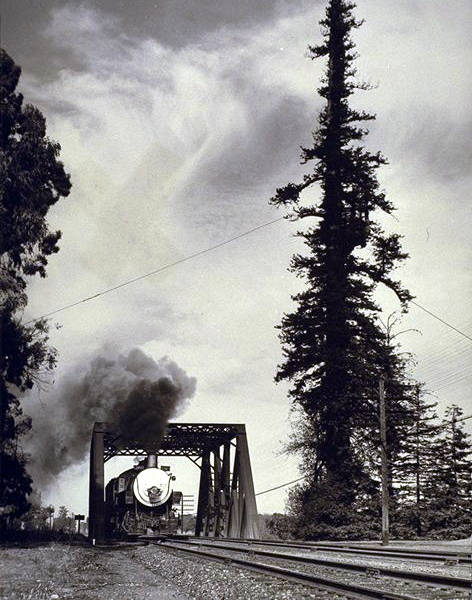Background
For over 150 years, Palo Alto has enjoyed regional connections to San Francisco and San Jose via rail. Now known as the Caltrain corridor, the track is used by thousands of daily commuters from San Francisco to Gilroy. While it is a convenient connection to the larger Bay Area, today’s rail can sometimes limit the east-west movement in Palo Alto. The current rail grade crossings create some traffic congestion and pose safety and noise challenges that will worsen as the frequency of train service increases with the modernization of Caltrain’s fleet of trains going from diesel to electric trains. As a result, the City is actively doing long-term planning for the rail corridor to improve east-west connectivity for generations to come.

Beginning in 2008, the Palo Alto rail corridor has been a subject of considerable discussion and community focus in response to planned rail investments along the Caltrain rail corridor, specifically the California High Speed Rail project and the Peninsula Corridor Caltrain Electrification Project. When the Caltrain electrification is complete, there could be 20 trains per hour during peak times. This would mean that gates at rail intersections would be down 25% of the time during daily peak periods and traffic congestion worsening.